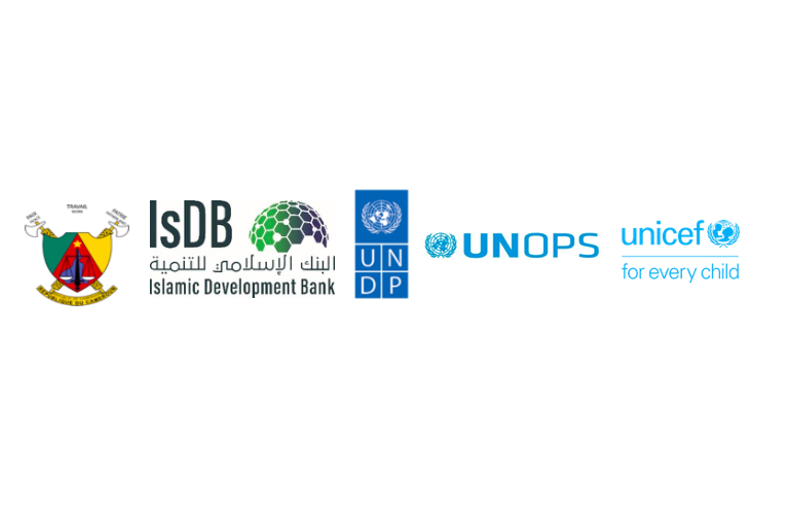The Republic of Cameroon covers an area of 475,440 square km and lies on the West Coast of Africa bordering Nigeria to the Northwest, Chad and the Central African Republic to the East, with Congo, Equatorial Guinea and Gabon to the South and a coastline of about 402 km. Its vegetation is Sahelian semi-desert in the north, grasslands in the center, and equatorial forests in the south. Cameroon has abundant natural resources, including oil, high value timber species, and agricultural products (coffee, cotton, cocoa). Untapped resources include natural gas, iron, bauxite, and cobalt. The population of Cameroon is estimated at about 24.3 million inhabitants (2017), giving a density of approximately 50 persons per km2. The population is unevenly distributed through the different regions of the country. About 70% of the population depends on agriculture and pastoral activities for their livelihood. The average annual population growth rate is around 2.5% and life expectancy at birth is estimated at 58.1 years (2016). About 87% of the poor live in rural areas. Cameroon is a member of the Economic and Monetary Community of Central Africa (CEMAC).
Total Projects
137
Completed
62
Active
75
Total Funding
2.9 $ bn
Governor
H.E. Alamine Ousmane Mey
Minister of Economy, Planning and Regional Development
Alternate Governor
H.E Iya Tidjani
Ambassador of the Republic of Cameroon in Saudi Arabia

